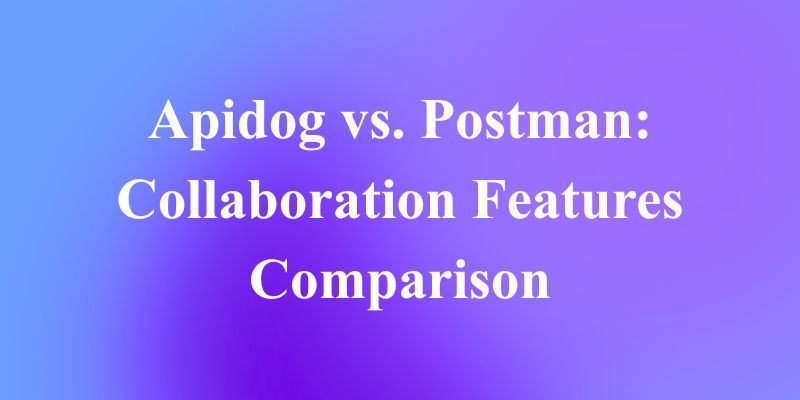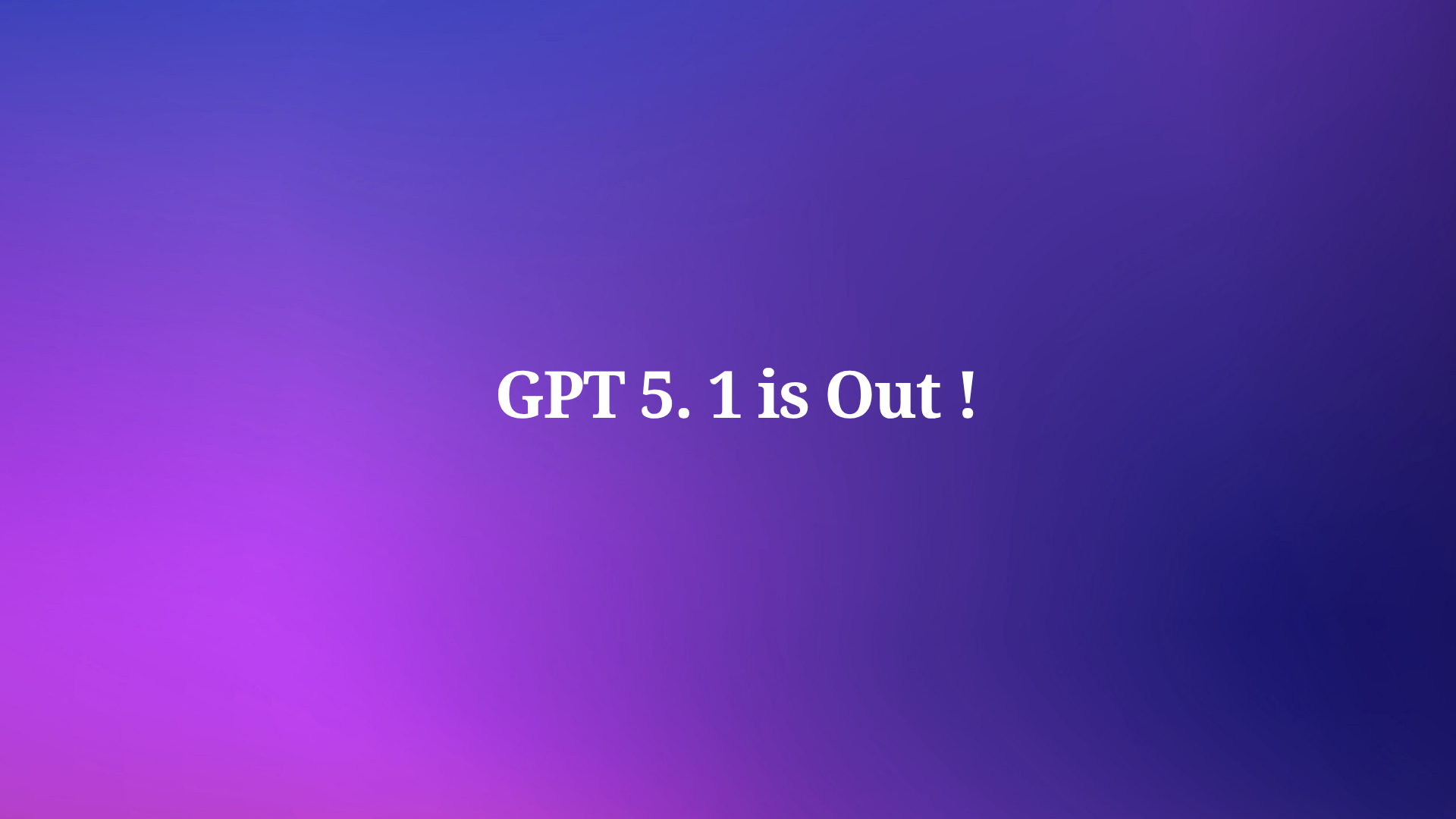AI-powered coding assistants have become essential tools for boosting productivity, reducing errors, and streamlining workflows. Among these, Kilo Code stands out as a powerful open-source AI coding assistant that integrates the best features of Cline and Roo while introducing unique enhancements. This blog post explores how Kilo Code redefines AI-assisted coding by offering unmatched flexibility, efficiency, and extensibility.
What is Kilo Code?
Kilo Code is an open-source Visual Studio Code (VS Code) extension designed to accelerate software development through AI-driven features. Built as a superset of Cline and Roo, it combines their strengths, such as code generation, task automation, and context-aware suggestions, while adding innovative capabilities like the Model Context Protocol (MCP) Server Marketplace and system notifications. By merging the accessibility of Cline with the advanced context handling of Roo, Kilo Code delivers a cohesive and powerful coding experience.

Unlike proprietary tools like GitHub Copilot or Cursor, Kilo Code operates on a community-driven model, ensuring transparency, customization, and cost-effectiveness. It supports multiple AI models, including Claude 4 Sonnet, Gemini 2.5 Pro, and GPT-4.1, without requiring developers to manage API keys manually. This seamless integration makes Kilo Code a versatile choice for both beginners and seasoned developers.
The Origins: Building on Cline and Roo
To understand Kilo Code’s value, we must first examine its roots in Cline and Roo. Cline emerged as a free, open-source AI coding assistant for VS Code, known for its dual Plan/Act modes, which allow it to devise and execute coding plans step-by-step. Its integration with OpenRouter enables developers to choose from various AI models, such as Claude 3.5 Sonnet, making it highly flexible. However, Cline can struggle with multi-file operations and complex context management, limiting its scalability for larger projects.
Meanwhile, Roo (formerly Roo Cline), a fork of Cline, introduced advanced features like intelligent context condensing and customizable modes (e.g., Architect, Code, Ask). These capabilities make Roo ideal for handling larger codebases and complex workflows. However, its feature-dense interface can overwhelm new users, and its focus on customization sometimes sacrifices simplicity.
Kilo Code addresses these limitations by merging Cline’s beginner-friendly approach with Roo’s advanced functionality. By incorporating features like the MCP Server Marketplace and system notifications from Cline, and Roo’s context management and custom modes, Kilo Code creates a balanced tool that caters to diverse developer needs.
Key Features of Kilo Code
1. Comprehensive Code Generation
Kilo Code excels at generating code from natural language prompts, allowing developers to describe requirements in plain English. For example, a prompt like “create a Python function to fetch user data from an API” results in accurate, well-structured code. This feature, inherited from Cline, is enhanced by Roo’s context-aware suggestions, ensuring the generated code aligns with the project’s architecture.

2. Task Automation for Efficiency
Repetitive tasks, such as setting up project scaffolding or running tests, are streamlined with Kilo Code’s automation capabilities. By leveraging Cline’s terminal execution and Roo’s browser automation, Kilo Code can execute commands, interact with web content, and automate workflows with user approval, reducing manual effort.
3. Model Context Protocol (MCP) Server Marketplace
A standout feature of Kilo Code is its MCP Server Marketplace, derived from Cline. This allows developers to extend the assistant’s capabilities by integrating custom tools via a JSON-based API. For instance, developers can add tools to pull documentation or connect to external APIs, making Kilo Code highly extensible for enterprise environments.

4. Multi-Mode Functionality
Drawing from Roo, Kilo Code offers multiple modes, including Architect, Coder, and Debugger. Architect mode helps plan project structures, Coder mode focuses on writing code, and Debugger mode assists in identifying and fixing issues. Developers can also create custom modes, tailoring the assistant to specific tasks like testing or localization.
5. System Notifications and Easy Model Connection
Kilo Code incorporates Cline’s system notifications, alerting users when tasks are complete, ensuring a smooth workflow. Additionally, its easy model connection eliminates the need to configure API keys manually, offering a larger free tier with $20 in credits for models like Claude 4 Sonnet and Gemini 2.5 Pro.
6. Context-Aware Suggestions
By combining Roo’s intelligent context management with Cline’s real-time feedback, Kilo Code delivers suggestions that adapt to the project’s context. For example, when working on a multi-file project, it considers the entire codebase, reducing irrelevant suggestions and improving accuracy.
Why Kilo Code Stands Out
Seamless Integration of Cline and Roo
Kilo Code’s strength lies in its ability to unify Cline’s simplicity with Roo’s advanced capabilities. While Cline prioritizes ease of use and Roo focuses on customization, Kilo Code strikes a balance, offering a streamlined interface for beginners and granular control for experts. This hybrid approach ensures it caters to a wide range of developers, from solo coders to enterprise teams.
Open-Source Advantage
As an open-source tool, Kilo Code fosters community collaboration, allowing developers to contribute features and fix bugs. Unlike proprietary tools, it keeps code local, enhancing security and reducing dependency on third-party servers. The community-driven model also ensures regular updates, with Kilo Code syncing with the latest improvements from Cline and Roo.
Cost-Effectiveness
Kilo Code offers $20 in free credits for premium AI models, covering significant development tasks. For example, a developer built an email management agent using Claude Sonnet 4 for just $5, demonstrating its cost-effectiveness compared to subscription-based tools like Cursor. By supporting local models and OpenRouter, Kilo Code provides flexibility for cost-conscious teams.
Extensibility with MCP
The MCP Server Marketplace sets Kilo Code apart by allowing developers to extend its functionality. Whether integrating with databases, APIs, or custom tools, MCP ensures Kilo Code adapts to specific project needs, making it ideal for complex workflows.
Real-World Applications of Kilo Code
To illustrate Kilo Code’s capabilities, consider a practical example: building an email management agent. This project requires integrating email APIs, implementing natural language processing, and creating a responsive dashboard. Here’s how Kilo Code excels:
- Project Planning: In Architect mode, Kilo Code outlines the project structure, suggesting libraries like
nodemailerfor email APIs and recommending a modular architecture. - Code Generation: Using natural language prompts, developers can generate code for API integration and NLP logic, with Kilo Code ensuring compatibility with the project’s context.
- Task Automation: Kilo Code automates tasks like setting up the development environment and running tests, saving time.
- Debugging: In Debugger mode, it identifies issues in the API integration, suggesting fixes based on error logs.
- Extensibility: Using MCP, developers can add a custom tool to fetch email templates from a CMS, enhancing the agent’s functionality.
This workflow, completed with $20 in free credits, showcases Kilo Code’s ability to handle end-to-end development efficiently.
Comparing Kilo Code to Other AI Coding Assistants
Kilo Code vs. Cline
While Cline offers a streamlined experience with Plan/Act modes and model flexibility, it lacks Roo’s advanced context management and custom modes. Kilo Code overcomes these limitations by integrating Cline’s accessibility with Roo’s depth, making it more versatile for complex projects.
Kilo Code vs. Roo
Roo excels in handling large codebases and offers extensive customization, but its learning curve can deter beginners. Kilo Code simplifies the interface while retaining Roo’s powerful features, ensuring accessibility without sacrificing functionality.
Kilo Code vs. Cursor and GitHub Copilot
Proprietary tools like Cursor and GitHub Copilot offer predictable pricing and deep IDE integration but lack the extensibility and cost-effectiveness of Kilo Code. Additionally, Kilo Code’s open-source nature ensures greater transparency and security, making it a preferred choice for teams prioritizing control over their development environment.
Getting Started with Kilo Code
To leverage Kilo Code’s capabilities, follow these steps:
Install the Extension: Open VS Code, search for “Kilo Code” in the Extensions panel, and install it.

Configure: Click "Try Kilo Code for Free" in the extension then sign in to kilocode.ai using your Google account. KiloCode will prompt you to open Visual Studio Code.

If you're using a web-based IDE, you'll need to manually copy the API key instead. After allowing it to open VS Code, also grant permission for VS Code to open the authorization URL.
Open the Kilo Code Panel: in the Primary Side Bar of Visual Studio Code (the vertical bar on the side of the window) to open the chat interface. If the icon doesn’t appear, make sure the extension is properly installed and enabled.

Then you can just type you task to start using it

Integrate APIs with Apidog: Download Apidog for free to manage APIs seamlessly, enhancing Kilo Code’s functionality for API-driven projects.

Provide Feedback: Join the Kilo Code Discord or GitHub community to share feedback and access updates.
Challenges and Considerations
While Kilo Code offers significant advantages, it’s not without challenges. Its reliance on multiple AI models can lead to inconsistent performance if not configured properly. Additionally, while the MCP Server Marketplace enhances extensibility, creating custom tools requires familiarity with JSON-based APIs. Developers should also monitor token usage to optimize costs, especially when using premium models.
Conclusion: Why Choose Kilo Code?
Kilo Code redefines AI-assisted coding by combining the accessibility of Cline, the advanced capabilities of Roo, and unique features like the MCP Server Marketplace. Its open-source nature, cost-effectiveness, and extensibility make it a compelling choice for developers seeking a versatile and powerful coding assistant.




